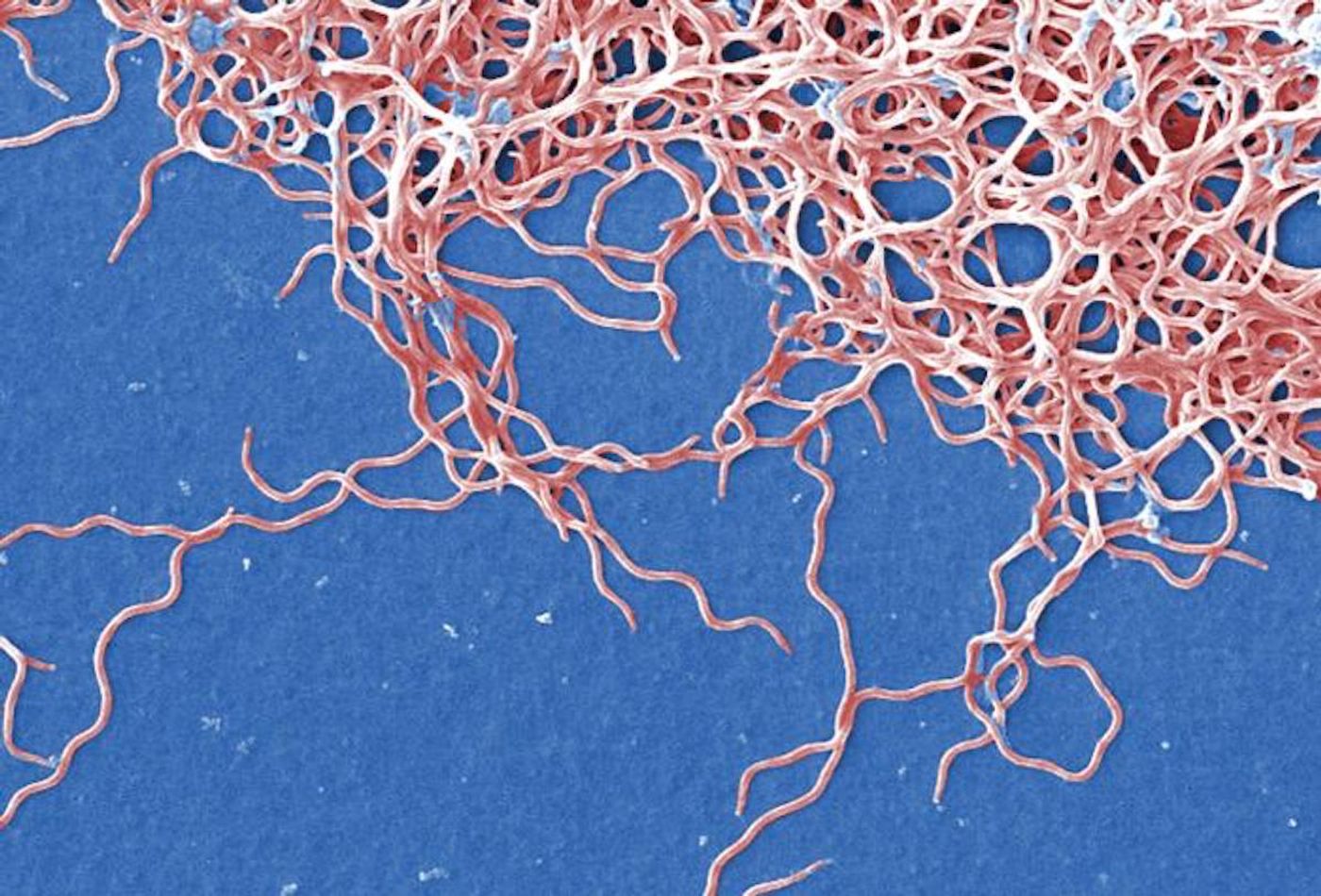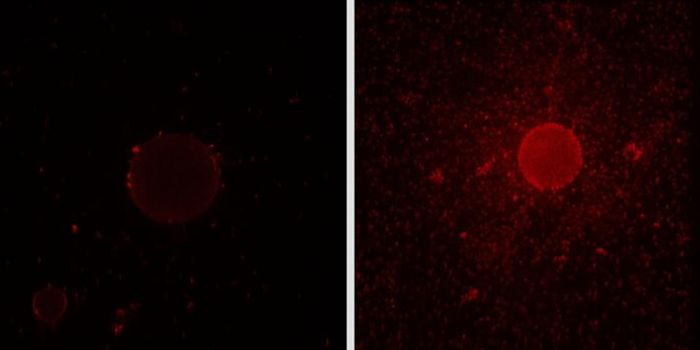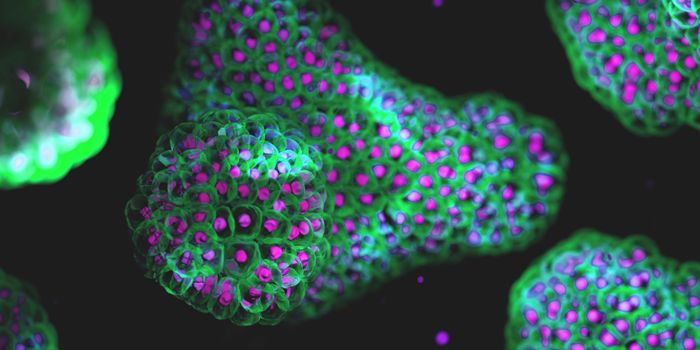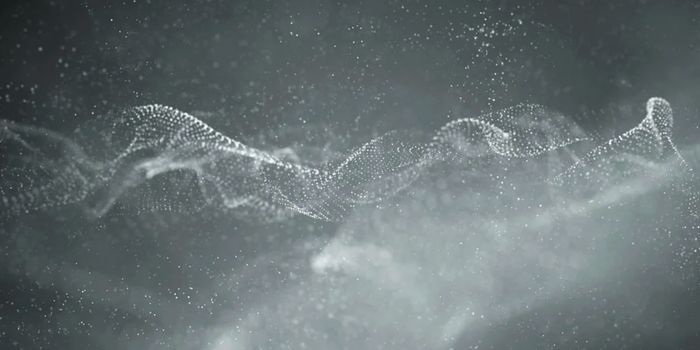How Ticks Are Protected From the Diseases They Carry
Ticks are notorious vectors of disease that can feed on blood from many different animals across a variety of environments. So if they're able to transmit pathogenic bacteria, viruses, and parasites that cause diseases like Lyme disease, Colorado tick fever, or Babesiosis, how do they keep from becoming infected themselves? Reporting in Cell, researchers have learned more about a unique gene they carry that strengthens their defenses against bacterial pathogens.
In previous work, scientists at the University of California San Francisco (UCSF) led by Seemay Chou, Ph.D. found that ticks carry a gene called dae2 that encodes for a protein that kills microbes. In this new research, the researchers built on that finding to show that without this gene, ticks become vulnerable to Staphylococcus bacteria infection. Many species of Staph bacteria can live harmlessly on human skin.
"This is the first time anybody's identified a natural pathogen of ticks, and established a mechanism for it," said Chou, an assistant professor of biochemistry and biophysics at UCSF. "Ticks pass more microbes to humans, livestock, and other animals than any other known arthropod, but now their own vulnerabilities are on the table."
The tick dae2 gene first evolved in bacteria, and its protein was used to attack other microbes. At some point a few hundred million years ago, ticks started feeding on blood and they also acquired this gene and integrated it into their genome. This is an example of horizontal gene transfer, noted Chou.
"I've always wondered why blood-feeding is even a thing," noted Chou. It takes a lot of energy for ticks to process blood into food, and the insects have to seek out animals that are much bigger than them to get their meal, which "seems inherently like a really risky sport."
But once ticks had the dae2 gene, they may have started to flourish.
In this study, the researchers analyzed the dae2 gene in different tick species and the bacterial genes that they come from, which are called tae. They were also able to use data about the protein structures to make comparisons about their shape and orientation.
When they checked the effect of Dae2 against proteins that are part of bacterial cell walls, they found that the Dae2 protein could break them down. It could also destroy bacteria that lives on human skin. The Tae protein did not have this impact.
Dae2 was also found in tick salivary glands, and it can be transferred while ticks get their blood meals. The researchers also determined that when ticks that feed on blood lack Dae2, they carry higher levels of Staphylococcus bacteria than normal ticks. The Dae2 protein seems to be protecting ticks from bacterial infection.
"This is a new way of thinking about how ticks interact with microbes," said Chou. Microbes borne by ticks cause disease in humans and animals worldwide, but that's only half the story, she said. "Their commensal is our pathogen, and our commensal is their pathogen."
Sources: AAAS/Eurekalert! via University of California - San Francisco, Cell









